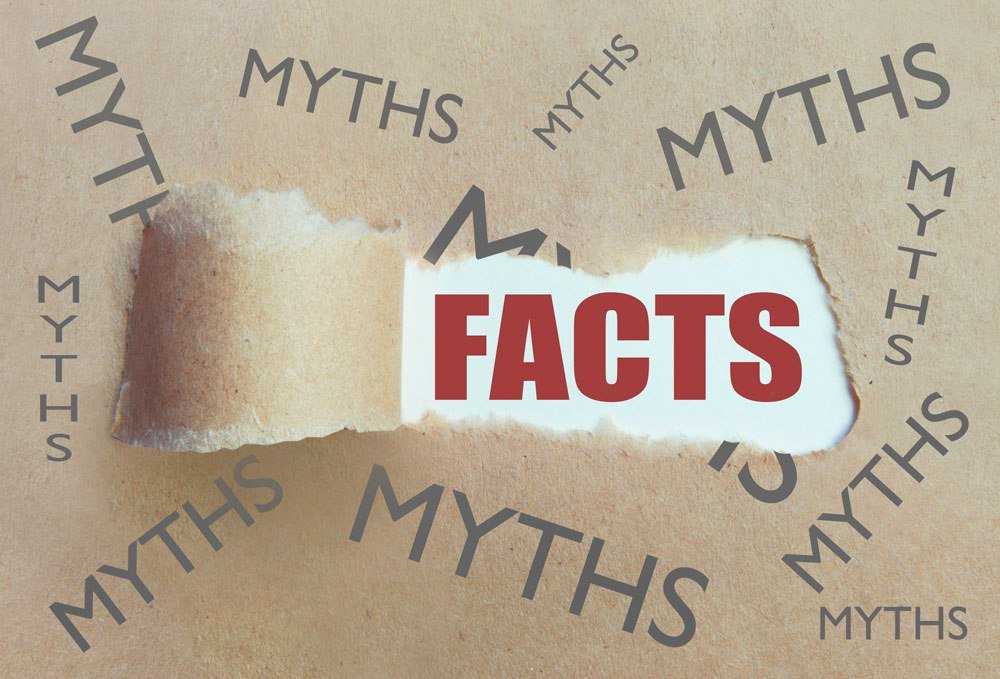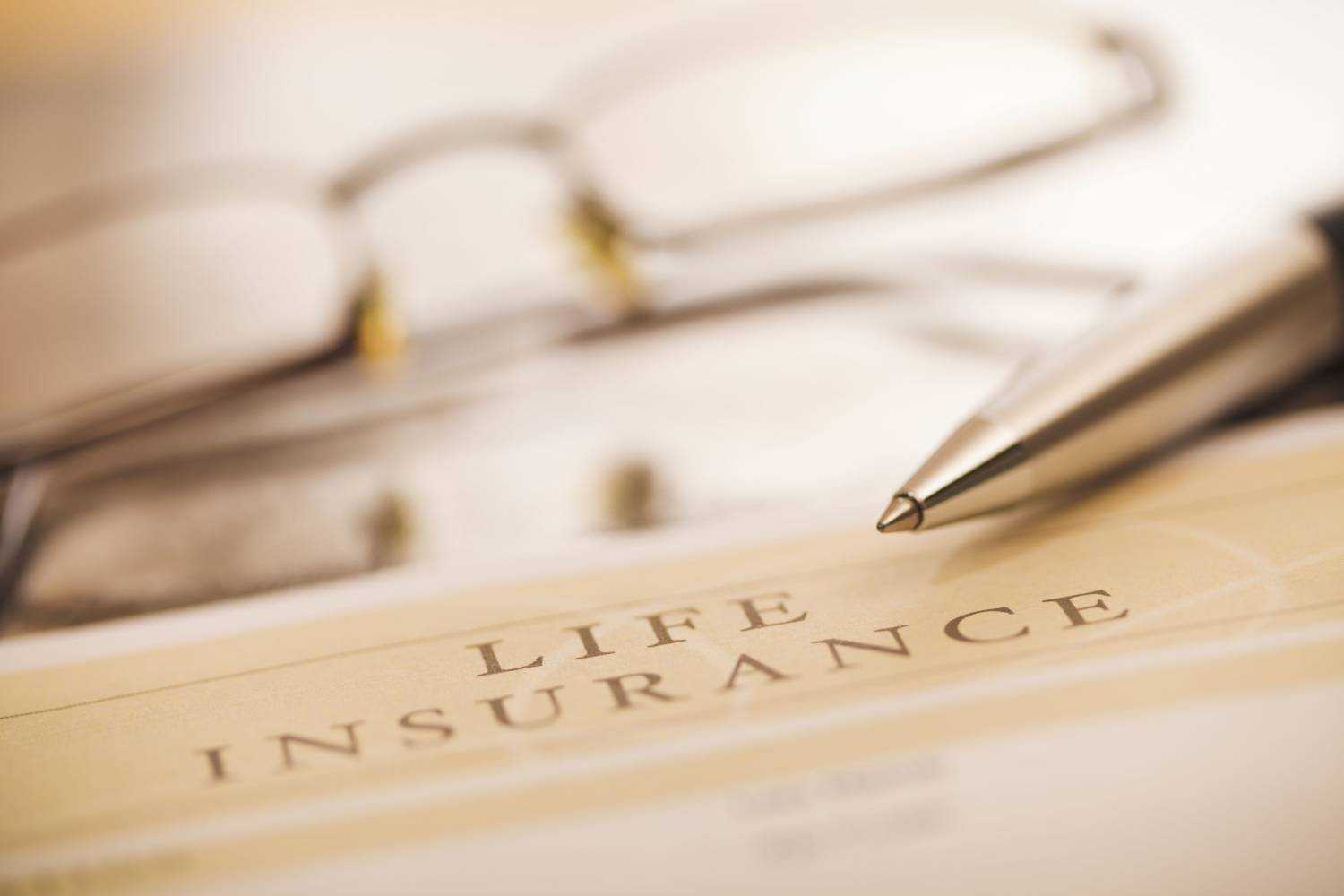BY: ANDREW STEWART
As a parent of a five-year-old girl, I understand there is nothing we won’t sacrifice for our children’s future including sleep, health, financial future, and yes, even retirement. When she was born the last thing I was thinking about was protecting her financial future. I was too focused on acquiring all the trappings of what I thought would give her a good life. I knew she needed a good education, a nice home to live in, good manners and a solid upbringing to ensure she had a productive and happy life. The last thing I was thinking about was what should happen if I was not there to give it to her.
Life Doesn’t Always Follow a Plan
Unfortunately, we hear too many stories of others like us, who dreamt of a bright future for their children. They automatically assumed they’d be around to provide and share it. But life just didn’t work out for them as planned, and now we, their friends, colleagues, and family witness first-hand the financial upheaval a family goes through when one of the parents is no longer around to help financially.
When I had my daughter, my life insurance advisor (a good friend of mine) came to see me. We had the proverbial and clichéd conversation of what happens if I’m not around anymore. What’s my plan to protect my daughter’s financial future?
I replied like some other parents: “Money is tight, give me the minimum, and give me the cheapest.”
I remember the way he questioned my response, asking: “Are you sure that’s what you want?”
I told him “I need to protect her for the next twenty years, and then they’re on their own”. I figured by then we’d be financially secure enough — we wouldn’t need it anymore (because I’m invincible, nothing is going to happen to me).
What You Think Is the Cheapest Probably Isn’t
My advisor asked me what I knew about life insurance. From the mountain of commercials, I’d watched both on TV and online, I replied, “I pay, I die, they get.” To my surprise, he explained that from his experience of delivering claim cheques to families when they needed it the most, he saw life insurance as the greatest gift of love we can set up for our family. After all, we won’t be around to benefit from it, so the only reason to do it is that you love your family and want to protect them.
He went on to explain that there are actually three types of life insurance contracts in Canada: Term Life Insurance, Universal Life Insurance, and Whole Life Insurance. Or as I like to refer to them, rent, rent own and own.
Term Life Insurance
Term Life Insurance is like rent, and the cheapest form of life Insurance. With a term plan, you’re renting a block of life insurance for 10, 15, 20 and sometimes 30 years. At the end of 10,15, 20 or 30 years, they quintuple your price and if you don’t have a heart attack and renew at 85 they cancel the lease on you.
Universal Life Insurance
Also known as “Term to 100,” is rent to own. If you’re still alive at age 100, the life insurance company will send you a letter thanking you for the decades of premium payments and tell you it’s all paid off, please stop paying. But you have the added benefit of being able to save money for the future in the contract.
Whole Life Insurance
Participating Whole Life Insurance is the most valuable life insurance contract in Canada. With a participating whole life insurance contract, you’re buying a block of life insurance and similar to your home mortgage, after 20 years it’s completely paid for life. No more payments ever required. Participating whole life insurance is the most valuable contract in Canada because from the moment you open the plan, you participate (share) in the profits of the life insurance company and those profits are paid to you as a tax-free annual dividend.
To be continued… Learn how Participating Whole Life insurance can be a Retirement Income Plan.


 Community News2 weeks ago
Community News2 weeks ago
 Community News1 week ago
Community News1 week ago
 Community News2 weeks ago
Community News2 weeks ago
 Community News2 weeks ago
Community News2 weeks ago
 Community News2 weeks ago
Community News2 weeks ago
 Community News2 weeks ago
Community News2 weeks ago
 Community News2 weeks ago
Community News2 weeks ago
 Community News5 days ago
Community News5 days ago































